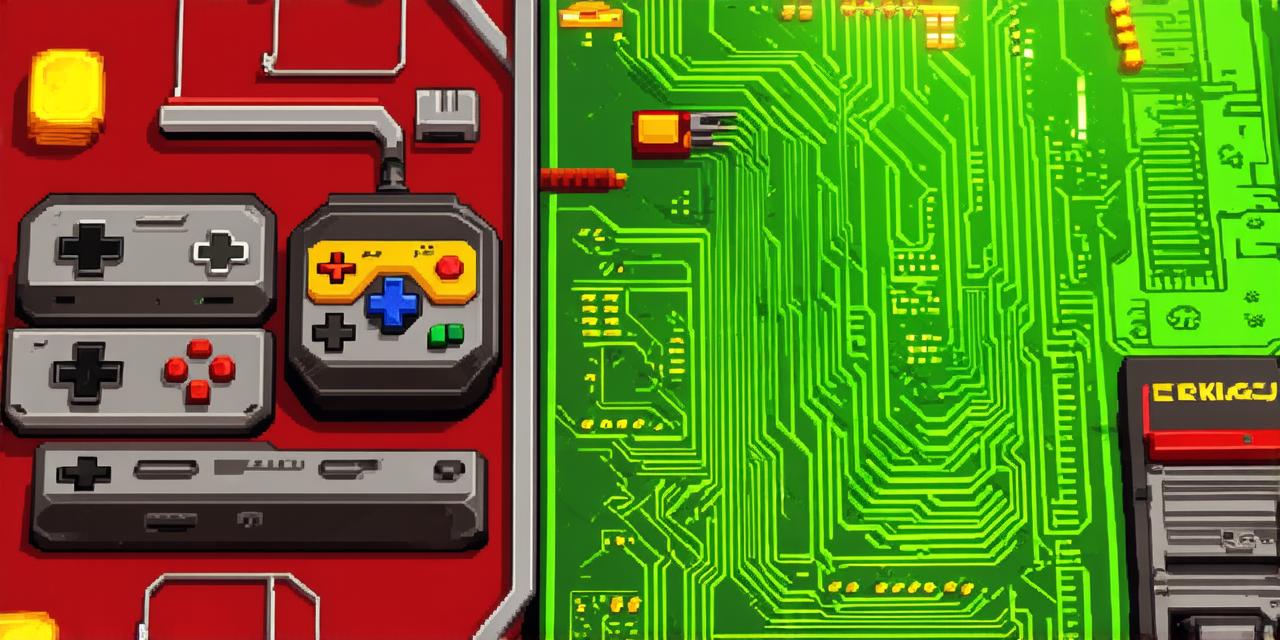Video games have been a part of popular culture for decades, and their popularity is showing no signs of slowing down. In recent years, the gaming industry has grown exponentially, with new games being released every day. But what goes into creating these complex and engaging experiences? How long does it take to develop a video game?
In this comprehensive guide, we will explore the various stages of game development, the different factors that can affect development time, and real-life examples of games that took longer than expected to release. By the end of this article, you’ll have a better understanding of what goes into creating a successful video game, as well as the challenges and timelines involved.
I. Introduction
Before we dive into the specific stages of game development and the factors that can affect development time, let’s take a moment to understand why it is important to know how long it takes to develop a video game.
A. Importance of Knowing Development Time
As a game developer, knowing the timeline for your project is crucial. It allows you to plan and budget accordingly, as well as communicate effectively with stakeholders, team members, and players.
Additionally, understanding the development time can help you better manage resources and make informed decisions about which features to include in the game. This can ultimately lead to a more successful product.
B. The Evolution of Game Development
The evolution of game development has been marked by rapid advancements in technology, changes in player expectations, and the rise of new gaming platforms. As a result, development times for games have become shorter, as developers are able to create more complex and engaging experiences with fewer resources than ever before.
That being said, there are still many factors that can affect development time, and it’s important for game developers to be aware of these in order to create realistic timelines and manage expectations effectively.
II. Stages of Game Development
Game development is a complex process that involves several stages. In this section, we will explore each stage of the process, as well as the factors that can affect development time at each stage.
A. Pre-Development
Pre-development is the earliest stage of game development and involves planning, researching, and ideation. During this stage, developers create a concept document, which outlines the game’s premise, objectives, and key features.
1. Factors Affecting Pre-Development Time
The pre-development stage can be affected by several factors, including:
- Team size: The larger the team, the longer it will take to complete this stage.
- Complexity of the game concept: More complex games require more time for planning and research.
- Budget constraints: Limited budgets can lead to delays in this stage as developers may need to cut corners or outsource certain tasks.
2. Real-Life Example: The Witcher 3: Wild Hunt
The Witcher 3: Wild Hunt is a role-playing game developed by CD Projekt Red, released in May 2015. The pre-development stage for this game took approximately two years, during which time the team created a concept document and conducted extensive research on medieval Europe and its folklore.
B. Concept Art and Design
The concept art and design stage involves creating the visual and gameplay elements of the game. During this stage, developers create character models, environments, and other assets that will be used throughout the game. They also develop the game’s mechanics and systems, as well as create a prototype to test out these ideas.
1. Factors Affecting Concept Art and Design Time
The concept art and design stage can be affected by several factors, including:
- Complexity of gameplay mechanics: Games with complex mechanics may take longer to design and develop.
- Quality of visuals: High-quality graphics and animations can increase development time.
- Team size: Larger teams may need more time to create all the necessary assets and systems.
2. Real-Life Example: Red Dead Redemption 2
Red Dead Redemption 2 is an action-adventure game developed by Rockstar Games, released in October 2018. The concept art and design stage for this game took approximately six years, during which time the team created a vast open world filled with detailed characters, environments, and mechanics.
C. Programming and Development
The programming and development stage involves coding the game’s systems and features, as well as integrating all the assets created in previous stages. During this stage, developers also test and debug the game to ensure that it is functioning properly.
1. Factors Affecting Programming and Development Time
The programming and development stage can be affected by several factors, including:
- Complexity of systems: Games with complex systems, such as AI or physics engines, may take longer to develop.
- Team size: Larger teams may need more time to complete this stage.
- Quality of code: Poor-quality code can lead to delays and rework.

2. Real-Life Example: Cyberpunk 2077
Cyberpunk 2077 is a role-playing game developed by CD Projekt Red, released in December 2020. The programming and development stage for this game took approximately seven years, during which time the team created an expansive open world filled with advanced technologies and cyberpunk lore.
D. Testing and Quality Assurance
The testing and quality assurance stage involves finding and fixing any bugs or issues in the game, as well as ensuring that the game meets all necessary standards for release. This stage also includes playtesting to gather feedback and identify areas for improvement.
1. Factors Affecting Testing and Quality Assurance Time
The testing and quality assurance stage can be affected by several factors, including:
- Complexity of systems: Games with complex systems may require more extensive testing.
- Team size: Larger teams may need more time to complete this stage.
- Quality of code: Poor-quality code can lead to delays and rework.
2. Real-Life Example: Cyberpunk 2077
Cyberpunk 2077 is a role-playing game developed by CD Projekt Red, released in December 2020. The programming and development stage for this game took approximately seven years, during which time the team created an expansive open world filled with advanced technologies and cyberpunk lore.
Summary
The development of a game can be a complex and time-consuming process, involving multiple stages and factors that can impact development time. By understanding the different stages of game development and the factors that can affect development time, teams can better plan and manage their projects to ensure that they are completed on time and to a high standard.



